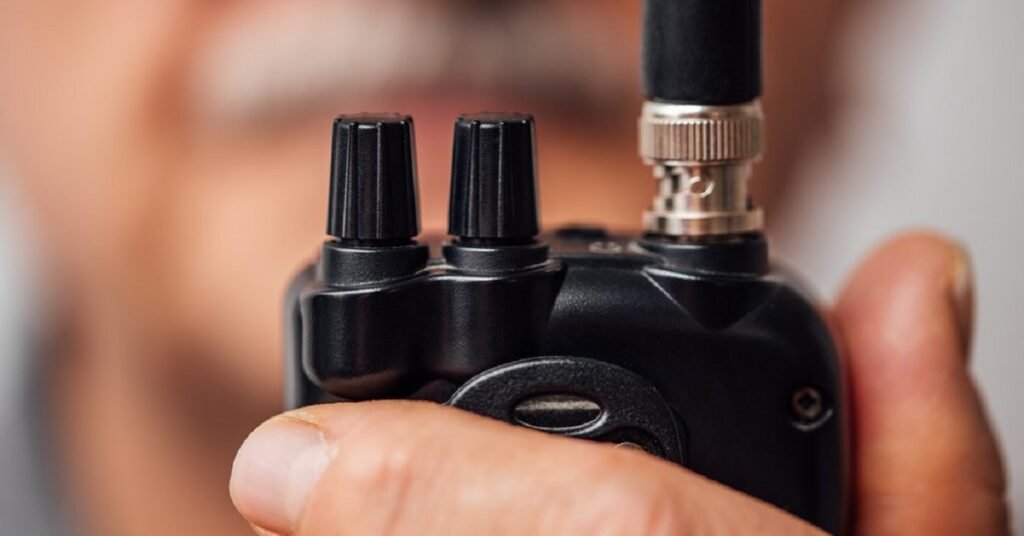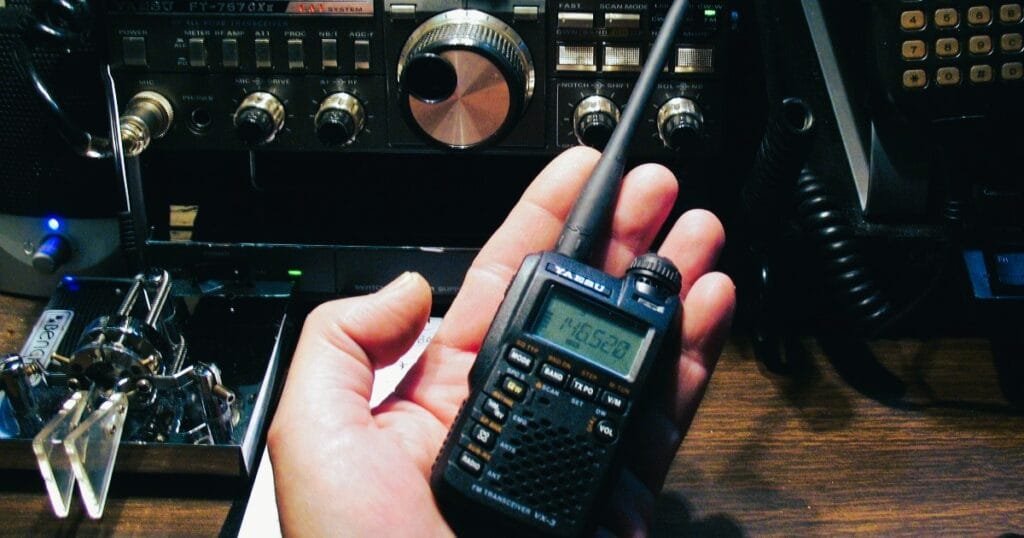Table of Contents
ToggleRX is Fine but TX is Not Working : Ham Radio Repair Tips
Have you ever been in a radio discussion and been unable to answer while hearing everything perfectly? It may be really aggravating when your radio is capable of receiving (RX) but not transmitting (TX). You may be seeing everything, yet when it is your moment to speak, nothing occurs. This problem is surprisingly frequent among amateur radio operators and walkie-talkie users alike. I believe some of us faced the same problem. But don’t worry. From today if you face the same situation, follow our ham radio repair methods we are going to discuss here. Hopefully your radio is going to work again if you can do the troubleshooting correctly.
The RX-TX Dynamic: What’s Happening?
In the realm of ham radios and two-way communication devices, RX and TX are the most important functionalities. The capacity of your radio to hear or “listen” to other stations is referred to as RX (signal reception). TX is the transmission function, which is when your radio sends out signals that allow you to speak or communicate data.
When your radio is in RX mode and operating properly, but TX mode is silent, it’s like listening to an engaging discussion but not being able to participate. This ham radio review focuses on understanding why this one-sided communication occurs and how to resolve it.
Common Ham Radio Repair Reasons: Why TX Isn’t Working
There are several reasons why your radio may be able to receive but not transmit. These can range from basic difficulties like wrong settings to more complicated ones like hardware breakdowns. A thorough discussion of the possible contributing elements may be found below:
1. Power Problems: Check Your Battery or Power Source
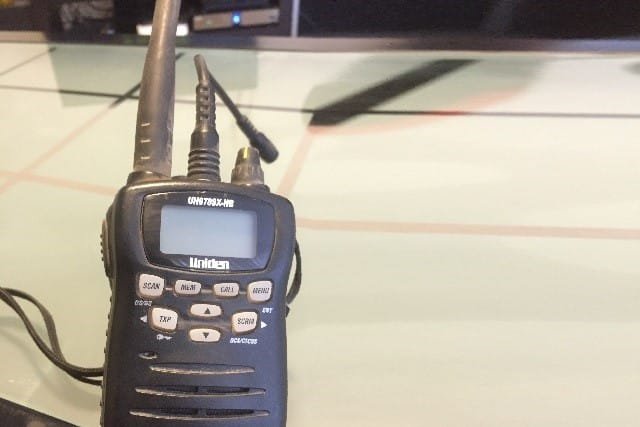
One of the most basic, yet often disregarded, challenges is power. If your radio lacks sufficient power, it may be unable to broadcast correctly. A weak or dead battery may allow the radio to receive signals but cause the send function to fail. Make sure your radio’s battery is completely charged or that the power connection is solid.
Quick Fix: It’s critical to check the battery’s voltage level and make sure the power supply is operating correctly. Furthermore, confirm that the power adapter is in perfect working order and has no flaws.
2. Antenna Issues: Is Your Radio Speaking into the Void?
Your antenna is crucial for receiving and sending signals. If your radio’s antenna is broken, loose, or mismatched, it may struggle to broadcast even if it receives well. Ensure that the antenna is properly attached and compatible with your radio model.
Ham Radio Review Tip: An badly adjusted antenna may prohibit your radio from broadcasting successfully. Make use of a Standing Wave Ratio (SWR) meter to assess your antenna setup’s general health and performance to make sure there are no problems that might compromise signal quality.
By the way, does an antenna really help extend the connection? Find out more here.
3. Mic and PTT (Push-to-Talk) Button: Are You Being Heard?
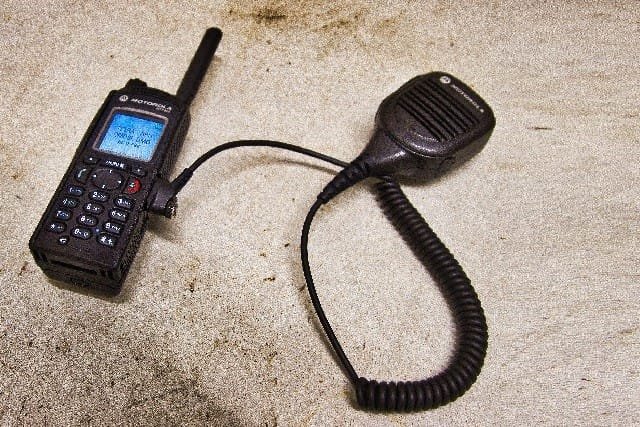
Another typical issue is with the microphone or Push-to-Talk (PTT) button. If your PTT button malfunctions, your radio will be unable to enter broadcast mode. Likewise, in the event that the microphone is broken or unplugged from the system, you will be unable to send any audio signals, which will prevent you from speaking while attempting to communicate.
Troubleshooting Step: Connect your microphone to another station (if possible) or try a new microphone. Ensure that your PTT button clicks and reacts as intended.
4. Incorrect Frequency or Mode Settings
A failed TX attempt might occur when you use the incorrect frequency or mode for your communication. Make sure your TX and RX frequencies are properly configured and aligned with the communication protocol you’re using.
Ham Radio Review Reminder: Make sure you’re using the right frequency for your chosen band. Check that your mode is FM, AM, SSB, or another modulation option.
Click here to learn more about radio frequencies and radio waves. Or find the ham radio frequency chart here. If you don’t know which frequencies your ham radio or walkie-talkie uses, click here to find out how to determine them.
Advanced Troubleshooting for Stubborn TX Problems
If the fundamentals do not resolve your TX difficulties, it may be necessary to delve further into more advanced areas.
1. SWR: Is Your Signal Getting Blocked?
There should be perfect communication of your transmitter and the connected antenna with your radio. The SWR refers to “Standing Wave Ratio” which shows how perfectly your antenna is transferring power which your radio is generating. Too high SWR of any radio communication device can be obstructed and might result in transmission failure. Sometimes it also can destroy the transmitter of your walkie-talkie.
Pro Tip: Use a Standing Wave Ratio (SWR) meter to do an extensive assessment of your antenna system to make sure it is oriented correctly and operating at maximum efficiency for the best possible signal transmission and reception. If your SWR exceeds 2:1, consider returning your antenna or changing components to reduce it to acceptable limits.
2. CTCSS and DCS Settings: Silent but Connected?
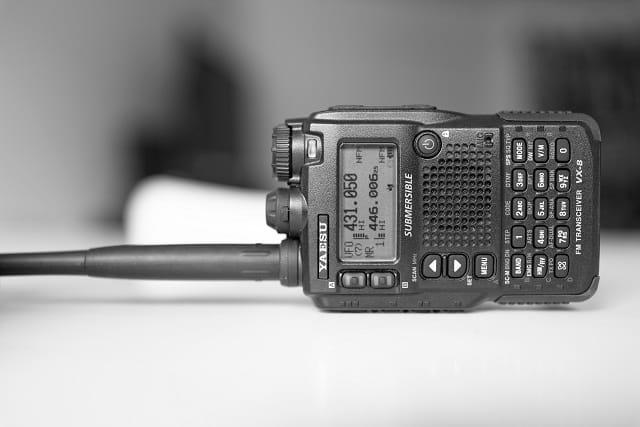
CTCSS codes are the old method but still very popular to secure radio communication and DCS codes are an upgraded method of radio privacy coding. These two work as characteristics which activate when the specific codes and tones are found in any incoming signal. Sometimes you may set the same frequency but if there are CTCSS or DCS activated and that doesn’t match with your’s, your radio will ignore receiving the incoming signal. If these parameters are not properly set up, your radio may be able to listen (RX) but not broadcast to others.
Ham Radio Review Tip: Check that your CTCSS or DCS codes correspond to the other radios you’re attempting to speak with. A mismatch prevents your TX from being heard.
Confused about CTCSS and DCS? These are the privacy codes used in ham radio communication. Learn more here.
3. Transmit Power Levels: Too Low to Reach?
Many radios have changeable power settings. If you set up the power of your radio too low, it might face issues receiving high power signals even if they are nearby. However, high power may cause undesirable interference.
Solution: Adjust your radio’s power output based on the distance and communication circumstances. For long-range transmissions, increase your wattage, but don’t go overboard.
Curious about the maximum range of a mobile walkie-talkie at full power? Check it out here.
When All Else Fails: Firmware and Hardware Diagnostics
1. Firmware and Software Glitches
Ham radios, like computers, have firmware that must be updated on a regular basis. If your radio hasn’t been updated in a long, or if there’s a known fault in the current version, it may damage its performance, particularly the TX function.
Advanced Troubleshooting: Check the manufacturer’s website for firmware upgrades. Installing the most recent firmware can fix software-related transmission issues.
2. Internal Components: A Deeper Dive
If you’ve done everything and your radio is still stuck in RX-only mode, the problem might be internal. Components such as the PA (Power Amplifier), solder joints, or TX switch might be defective.
Warning: If you’re not familiar with radio repair, now is the time to seek expert assistance. Opening the radio and probing around without knowledge might void the warranty or cause harm.
Testing Your Radio: Practical Tips for Ensuring TX is Working
After you’ve gone through the troubleshooting stages, you should test your radio’s TX capabilities before getting back on the air.
Test with Another Radio: If you have access to another radio, run a simple test. Put one radio in RX mode and the other in TX mode to test if the transmission gets through.
Field Test: If feasible, do a field test in a low-interference environment. This ensures that your TX feature works properly under regular ambient circumstances.
Ham Radio Repair for TX Troubleshooting
In this ham radio review, we looked at both common and sophisticated reasons why your radio may receive signals but not transmit. There are several probable causes to consider, including power difficulties, wrong settings, and antenna problems. Ham radio repair can address these issues effectively. For amateurs and ham enthusiasts alike, ensuring that both RX and TX are operational is critical to productive communication.
Conclusion: Be Methodical and Patient
Radio troubleshooting entails using a methodical approach. Begin with the most basic remedies and work your way up to more sophisticated adjustments. While it is easy to think the worst, most TX troubles are caused by simple issues such as a loose antenna, a low battery, or incorrectly adjusted settings. When in doubt, don’t hesitate to contact the ham community or get expert assistance to remedy the problem.
Visit TalkieTrail.com for further troubleshooting hints, ham radio reviews, and radio-related resources. We’re always here to help you remain connected and keep the airwaves humming!
